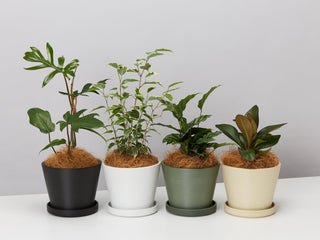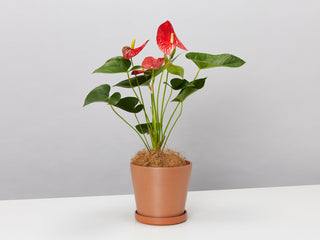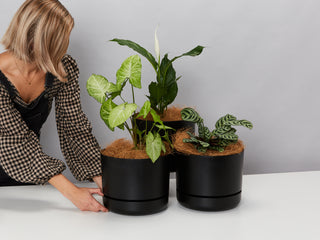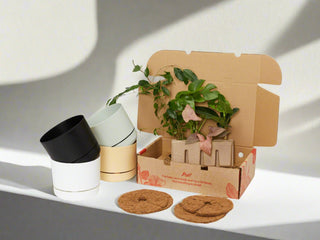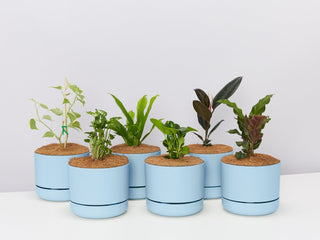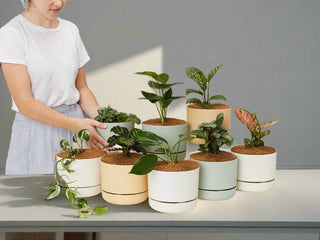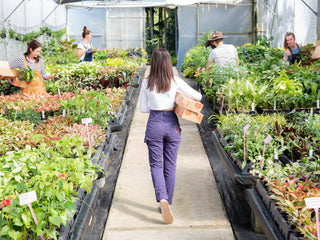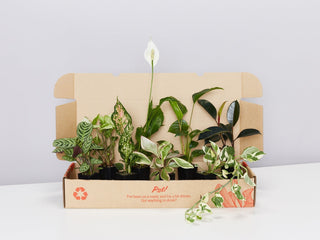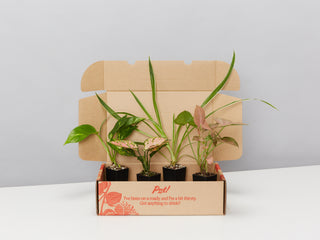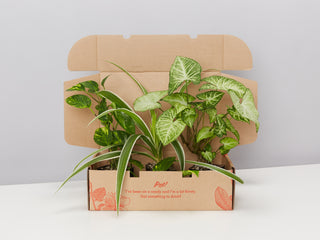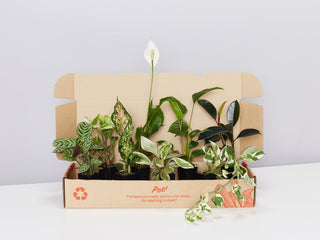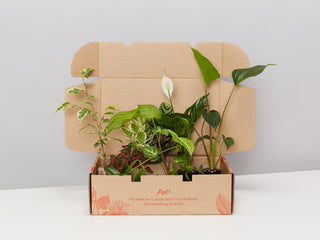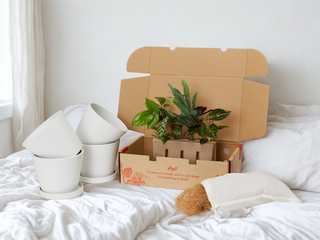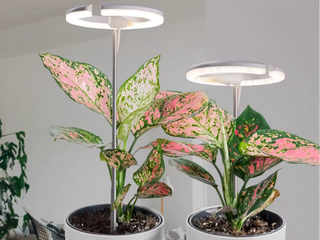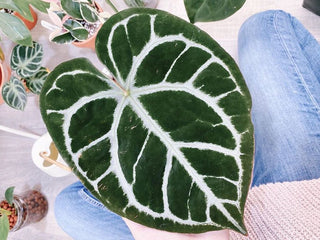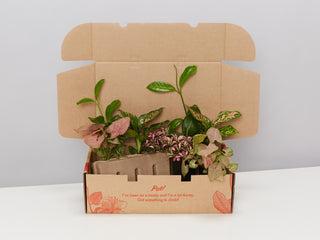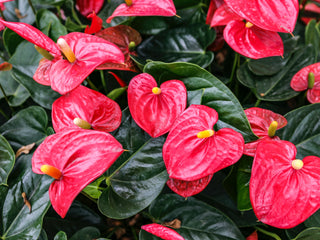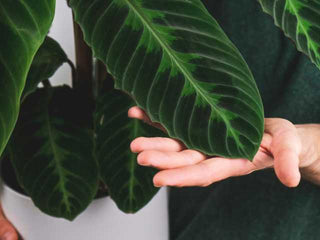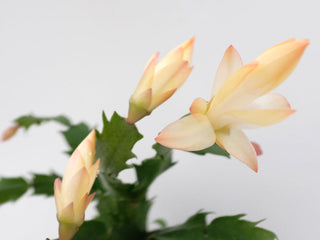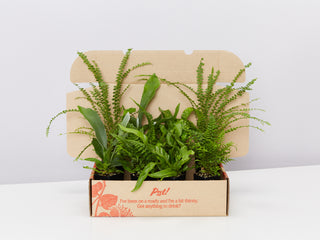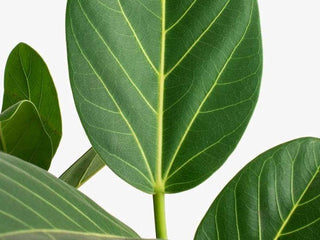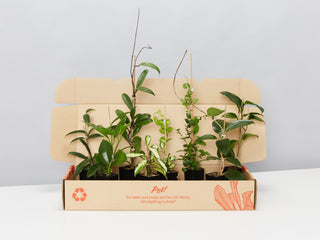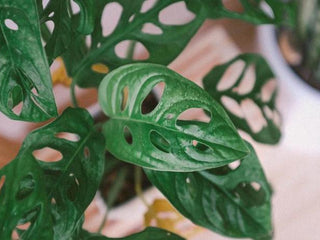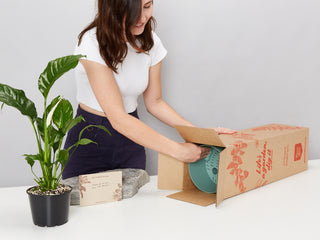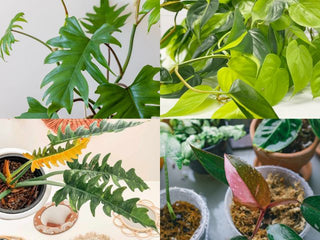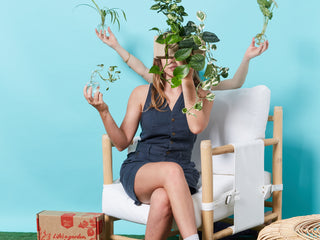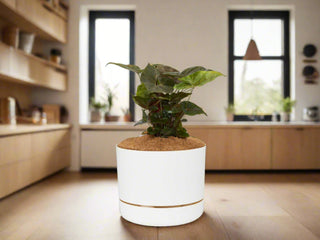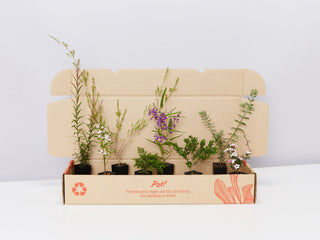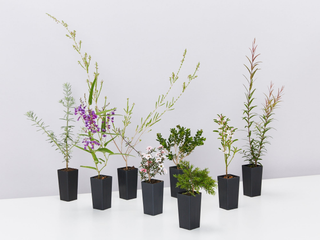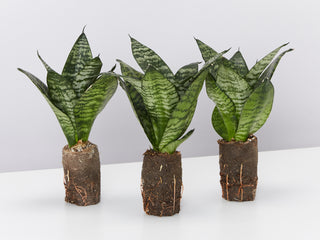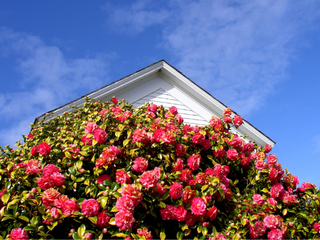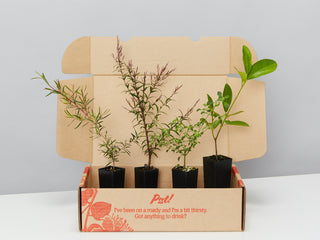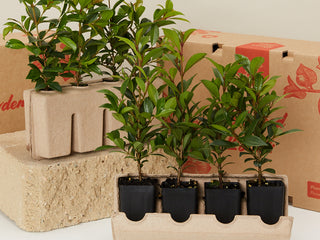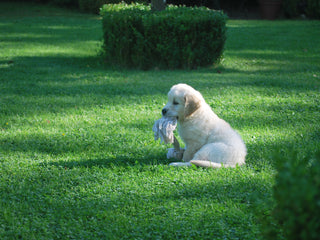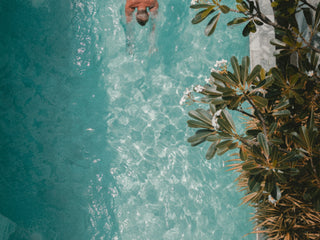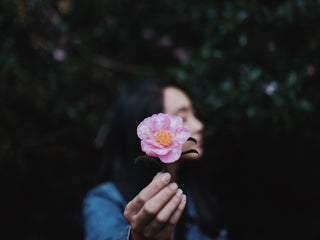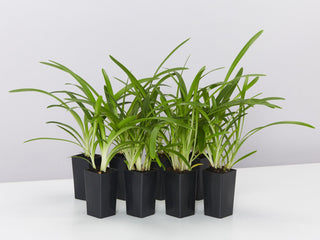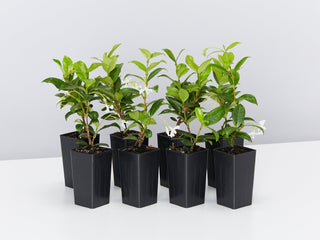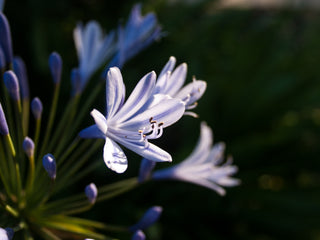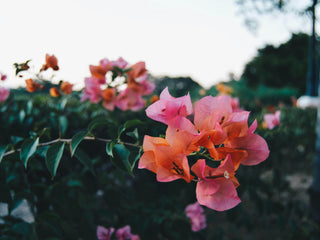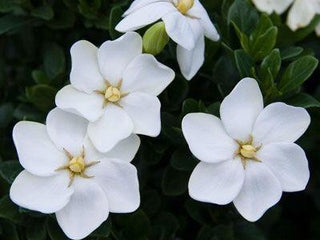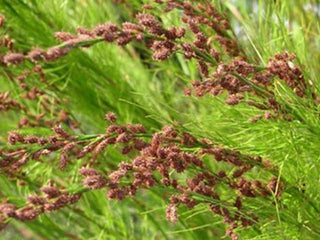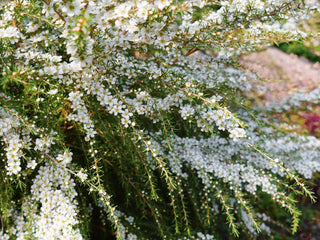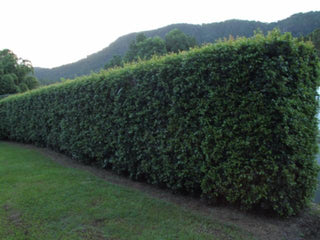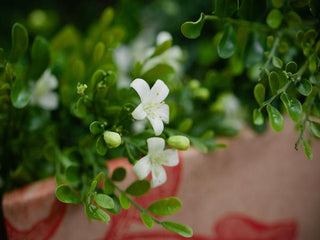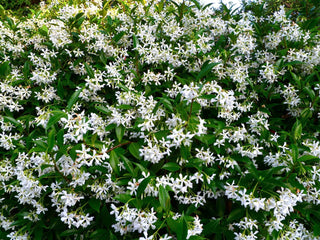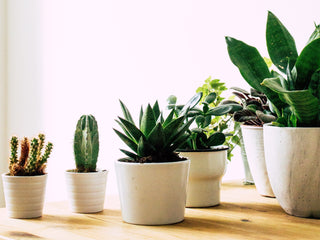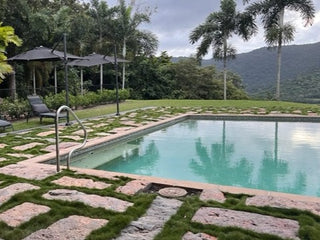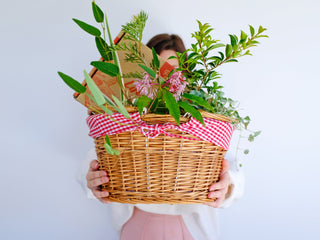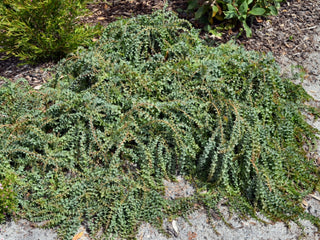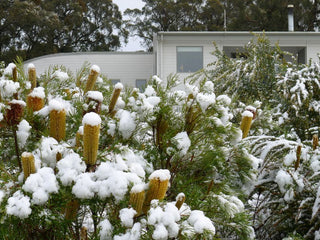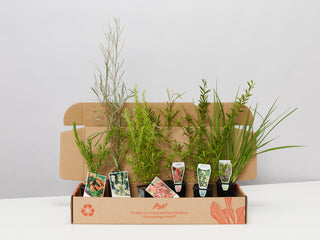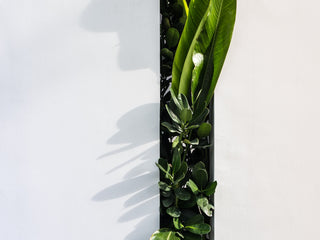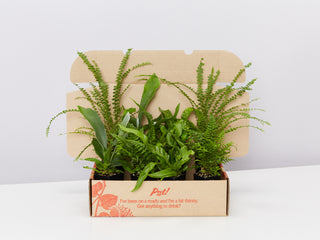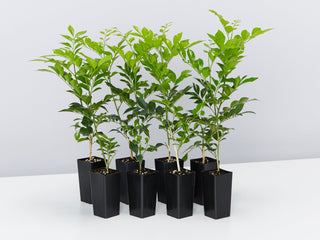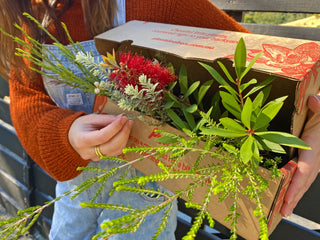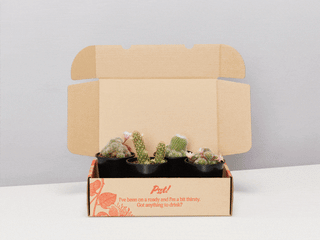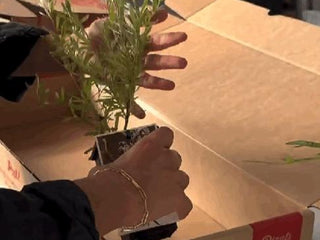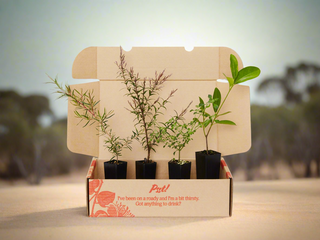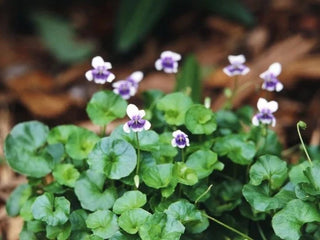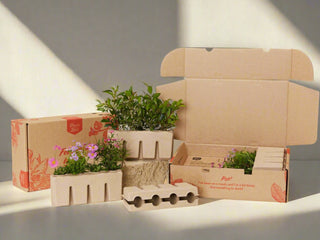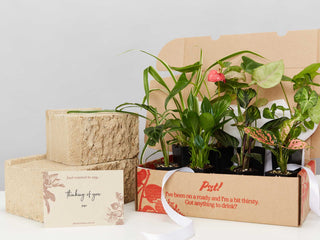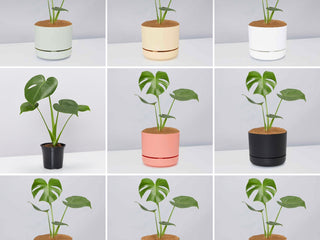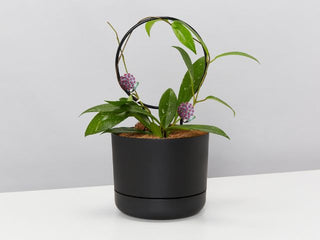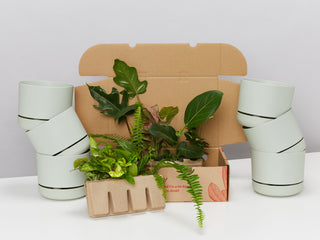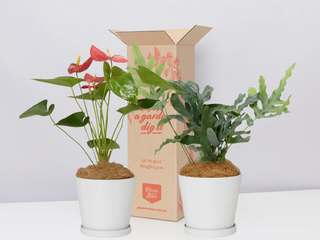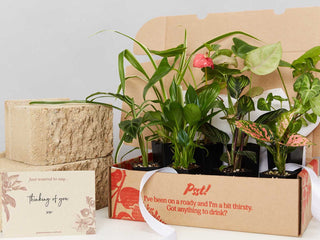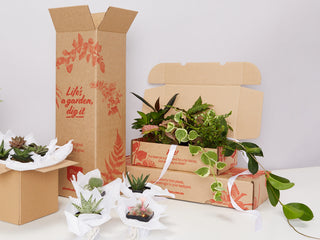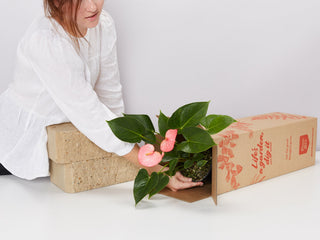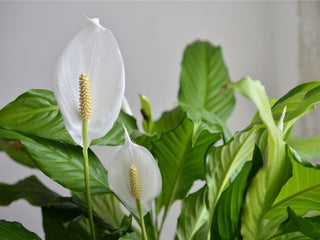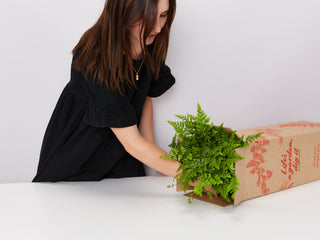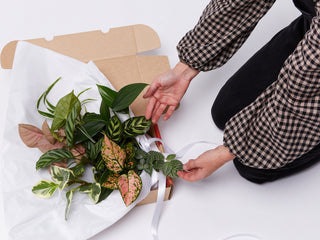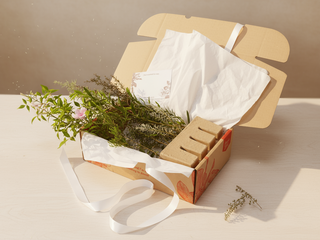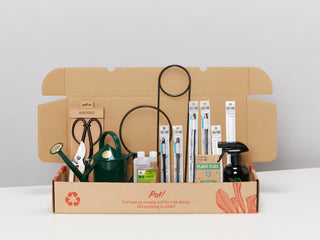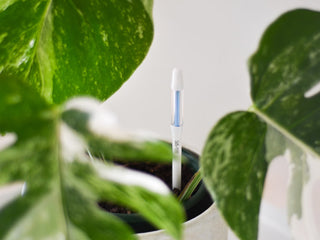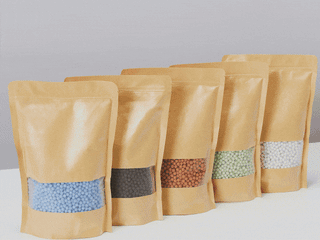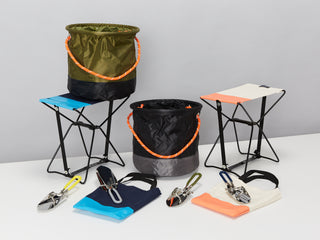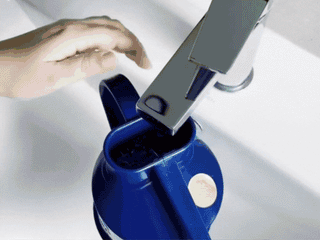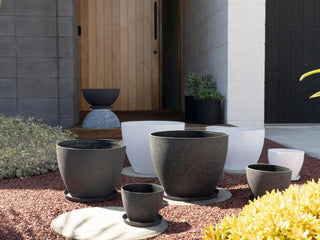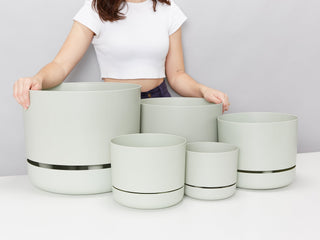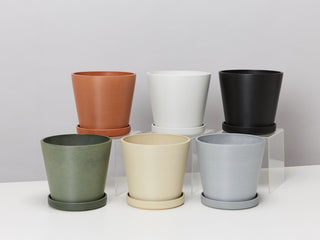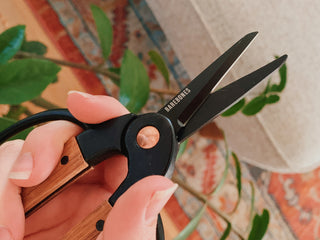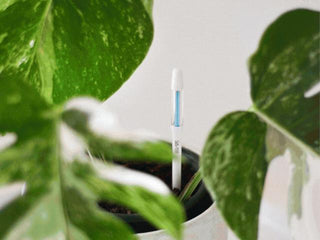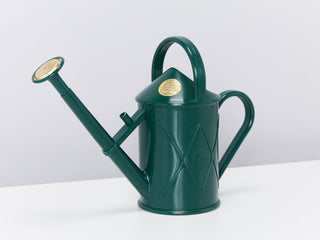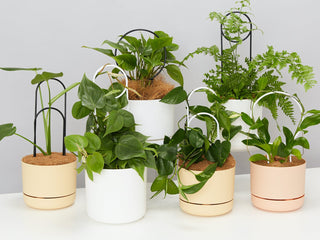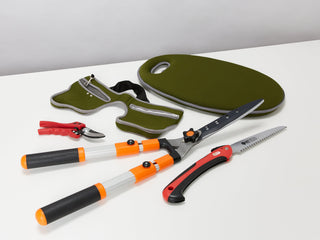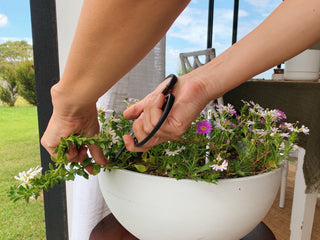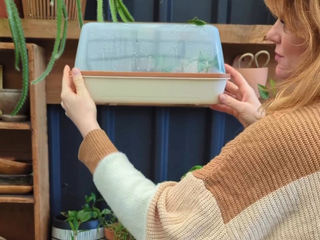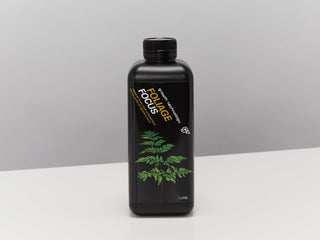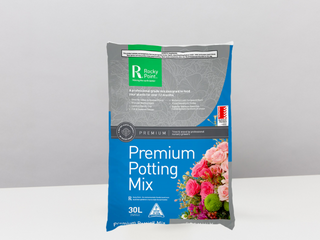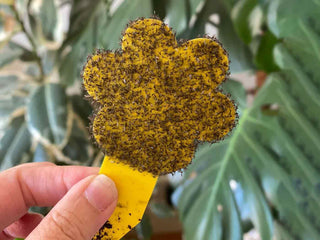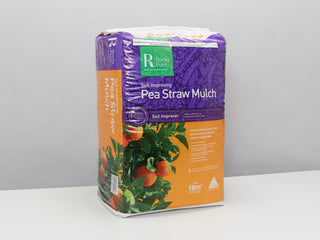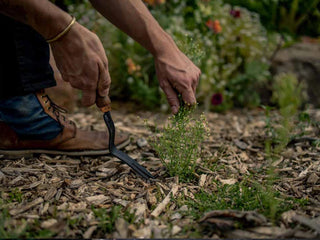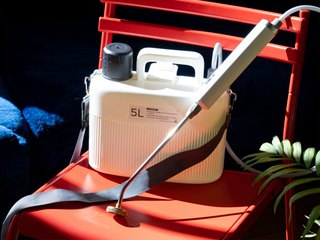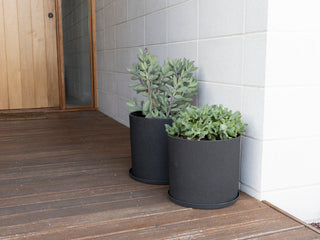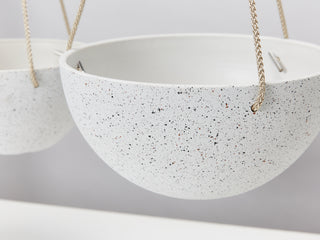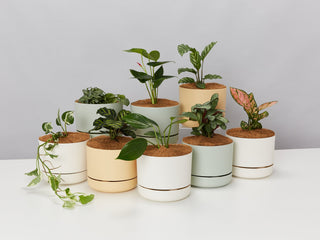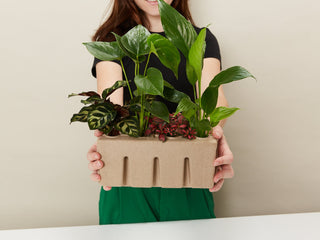The quick start guide: Indoor plants
1. I need a comfy place to lay my roots
Indoor plants require good quality, well-draining potting mix, one that provides support for the plant roots, holds moisture and supplies nutrients. Look for the industry Standard ticks printed on the bag, they are a good indication of quality.
Please remember: Indoor plants will only grow as well as the growing media will allow. “You get what you pay for” Also, make sure your mix is premium and has fertiliser added. Plants resent being potted too deep; ‘collar rot’ can occur resulting in the death of the plant. Plant no deeper than what the existing plant is at now
2. Go easy on the drink
The biggest killer of indoor plants is from over-watering. Water requirements will also vary depending on the size of the plant, location in the room, draughts, air conditioning, season and heating.
There is no ready formula for the amount of water so monitor regularly. Just moist is just right! Try standing the pot in a bowl of water for bottom-up watering. If the potting mix has become too dry, the soil will shrink and water will run down the outside of the root ball. You will think that the job is done but it isn’t.
The touch test involves pushing your longest finger deep into the potting mix to get a proper feel for moisture. Please be aware there is a major difference between cool and moist. If unsure, scoop a teaspoon full of mix out and rub it between your fingers. You can start out by trying watering once every 5-7 days in the warmer months and once every 7-10 days in the cooler months; this seems to suit most plants.
Signs of under-watering include limp, floppy leaves. If you’ve gone way too long without water, the foliage will start to yellow, brown, and then drop.
3. Pop me nearby a window, please!
Indoor plants require high to moderate levels of natural light (there are few exceptions). Sun rays are refracted (intensified) through the glass, so avoid placing plants directly next to a window that receives direct sunlight.
The best position is just out of the direct rays where plants can efficiently function. Each species will have different light requirements so you may have to experiment with the position.
I like things Humid. Let's recognise that ‘indoors’ is an artificial environment unlike anything in nature. Adapting your household environment is the key to a successful culture. Some plants, such as ferns, require constant humidity around their leaves. If kept indoors, they will appreciate water sprayed on their leaves regularly. A bowl of water nearby can be helpful.
4. Don't be a Dust lover!
Dust can be harmful to indoor plants because it reduces the ability of the plant to capture available light and produce food for itself.
Wipe leaves regularly with a soft moist cloth or take outside and gently spray with water. Don't leave the plant in the sun!

5. Things that eat me
Being indoors means lack of controlling bugs normally found outside. Pests have no predators so numbers can build up rapidly.
Watch for the fluffy white mealy bug, scale insects and thrip which all suck the life out of your prized plants. The most common pest is fungal gnats for the indoor plant lovers who tend to overwater, watch how to stop these little flys before they kill your indoor plants. Observation and quick action are required. Don't freak out, remedies range from manually picking off of bugs to applications of low toxicity sprays. More on this in our blog 'Troubleshooting Indoor Plants'

